

Horology and football, international stadiums at Swiss time
From 12th June to 13th July, the planet will be buzzing due to the performances of football players at the 2014 World Cup in Brazil. Watchmakers, however, intend to score their own goals.
Even Carl F.Bucherer has taken up the initiative! At the end of May, the brand organized a press conference at the training ground of the Swiss national team in Weggis to talk about its collaboration with the “Association Suisse de Football” (ASC). So, why are watchmakers rushing to the pitch as if a popular sport could all of a sudden serve their interests? Well, the World Cup’s kick-off is approaching along with its thirty-two selected teams – including Switzerland – and its millions of viewers. Brazil is most certainly one of the most fascinating and coveted economic territories for watchmaking. However, traditionally speaking, Swiss watches were until now expected to be seen in more noble green areas where grass is synonymous with equestrian sports and its smell of horse manure, or golf and its players’ respective handicaps.
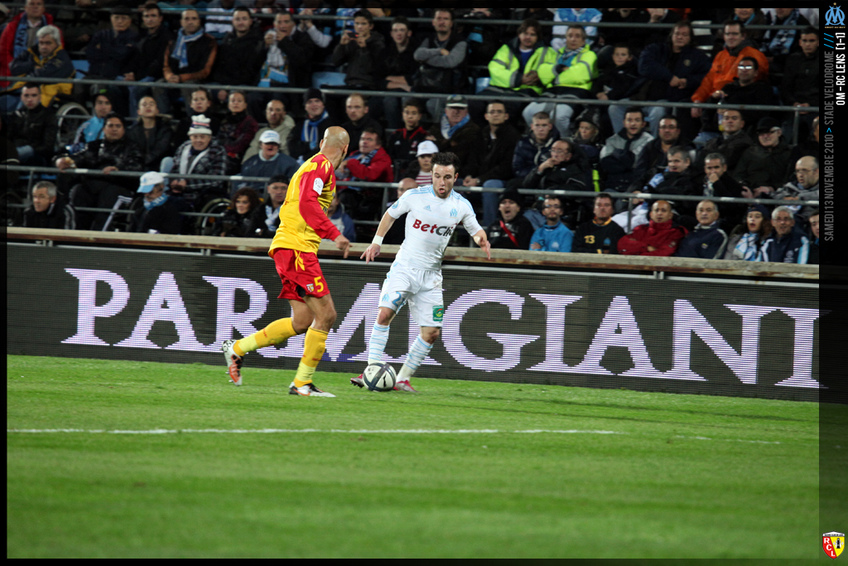
Star players are good clients
For the record, in the world of media-covered professional sports, football – or soccer– is the sport with most fans around the world. It perhaps owes its universal fame and passion-stirring capacity to the uncomplicated rules, which make it easier to both play and follow, as it does not need big investments from the players. FIFA was created in 1904, yet the sport had been played since the old times. In comparison, the international association for basketball, FIBA, wasn’t created till 1932. What is striking now, however, is the fact that Swiss watchmaking –which had always been linked to more elitist or more individualist sports in terms of adventure or achievements– is rushing to the stadium gates. This is, of course, at the risk of ruffling the feathers of anti-football aficionados who are known to have particularly virulent reactions to football. Rather than a mere inclination to appropriating values that unbounded hooliganism has damaged, i.e. surpassing one-self, fair-play, camaraderie or cooperation, this watchmaking phenomenon aims to count on the singular star-making of players of the likes of Pelé, Maradona or Zidane.
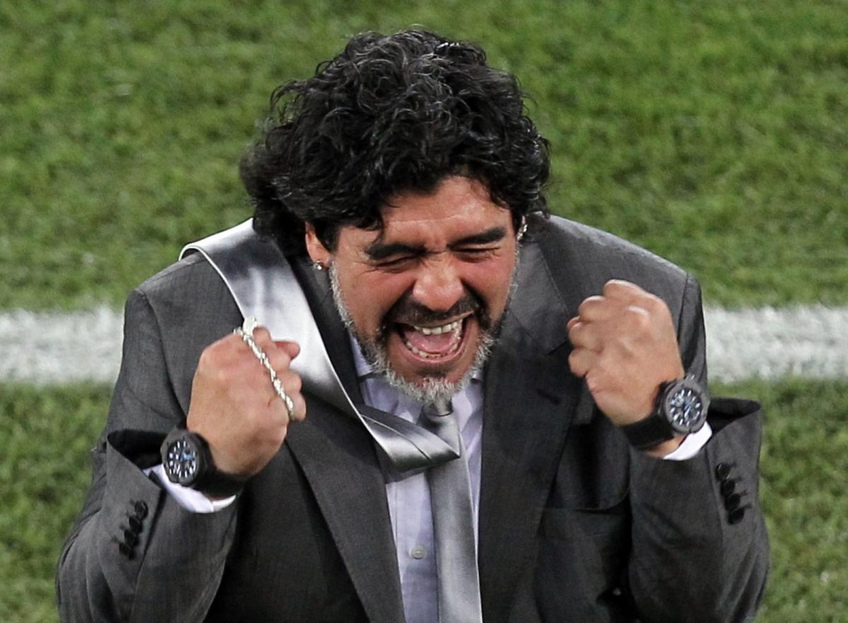
It could also be due to the fact that in the midst of a more active generation, the likes of Beckham, Ronaldinho, Ribéry and Drogba have traded their suburbanite kid images for one of fashion icons and individuals quick to like luxury and expensive watches.
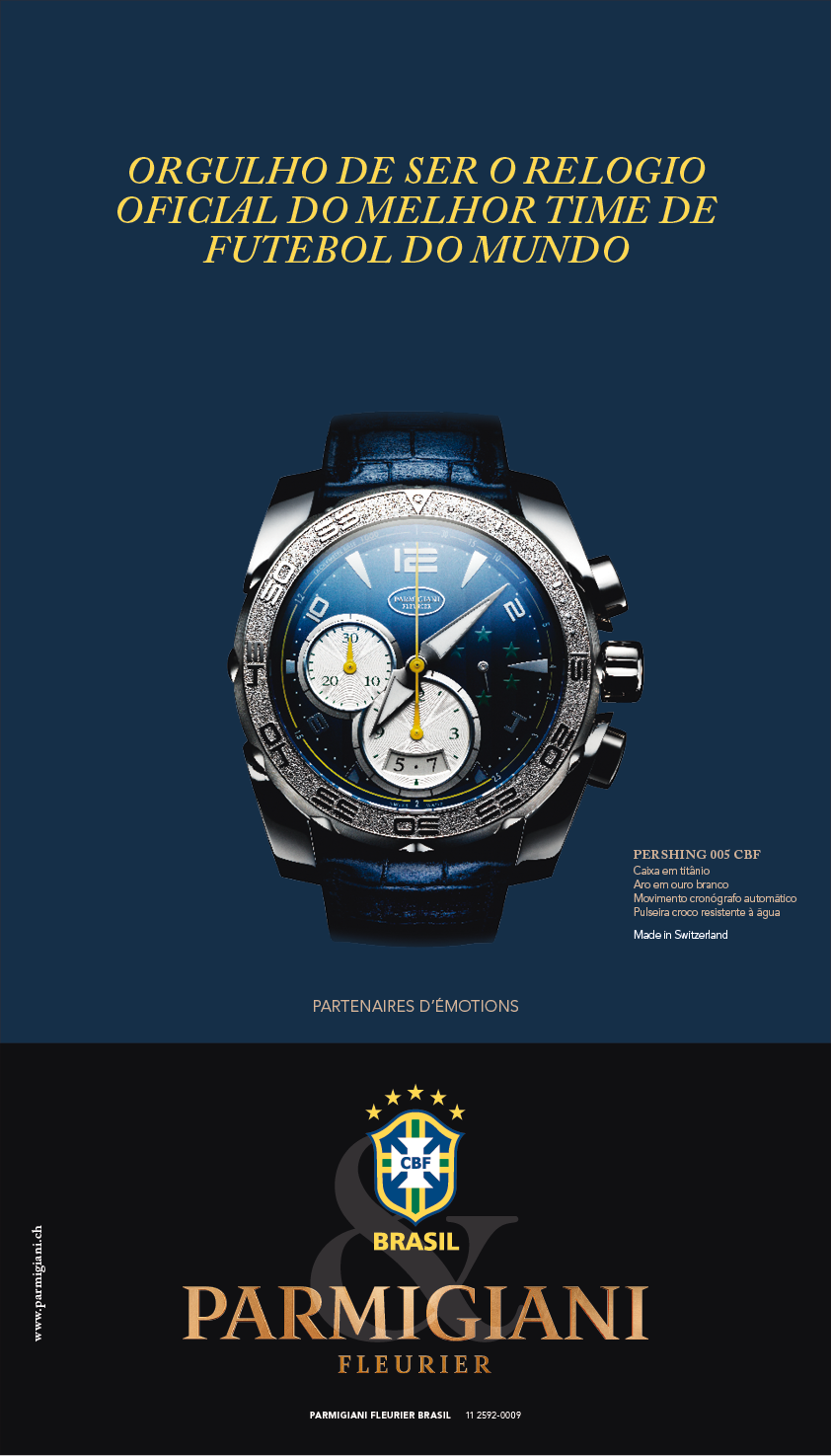
Besides, before watchmaking brands took an interest in them, some players were, above all, good clients. Thus, at the heart of Madrid, in a deLaCour store window, Samuel Eto’o was attracted to a Bichrono that he asked to be made in the colors of his homeland Cameroon. Before the advent of big contract diktats, it was always good – be it in terms of fashion or locker-room trends – for an international player to have his own deLaCour watch, even if his club signed a contract with another brand. deLaCour understood this well as it signed an agreement with José Mourinho – one of the most famous football coaches who after signed another contract with Hublot – for a special numbered series of its City Ego model.
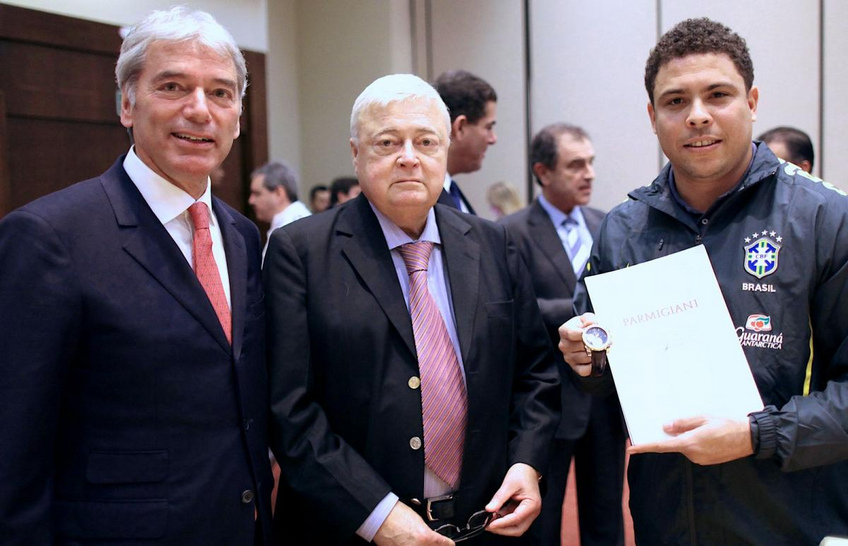
Images of galvanized brands
With the hyper media-coverage of its hyper President Jean-Claude Biver, it is maybe Hublot itself which introduced the horology-football association to the general public. After all, was it not the umpteenth move of Biver –the serial marketer – that established the notion of timing in a sport where the referee is the ultimate timekeeper?
The brand gave it its best shot by first approaching institutions like FIFA or UEFA and then by establishing partnerships with living legends such as Diego Maradona or Pelé and teams such as Bayern Munich and Manchester United. It was a logical path to take as it provided a guaranteed source of exposure due to the huge number of fans all the aforementioned have.
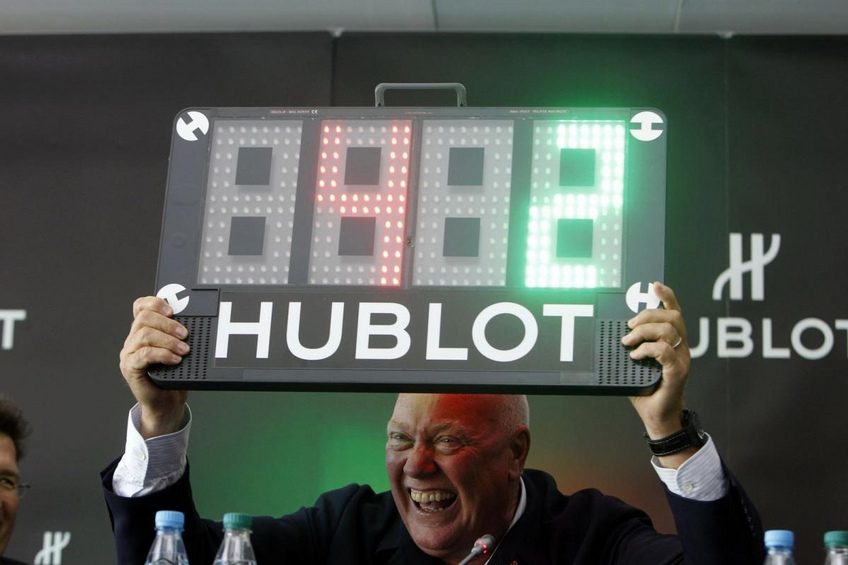
Even though they were given less media coverage, the approaches of Arsenal by JeanRichard or the Argentinian prodigy Leo Messi – four times Ballon d’Or winner – by Audemars Piguet since 2010, are no less remarkable. Parmigiani Fleurier, after working with OM (l’Olympique de Marseille) for some years – whose official partner is now Rodania – is now able to live in the universe of high financial stakes. Parmigiani Fleurier is now focusing on its collaboration with the mythical Confederação Brasileira de Futebol (CBF), an institution that has been the incarnation of Brazilian football for a century now and has made the dreams of millions of fans come true. In this sense, what with the imminent World Cup, it occupies a good position in the field. It has already added its training values to this step ahead and after all, it is a plausible challenge in terms of image.
The Hublot King Power Bayern Munich

